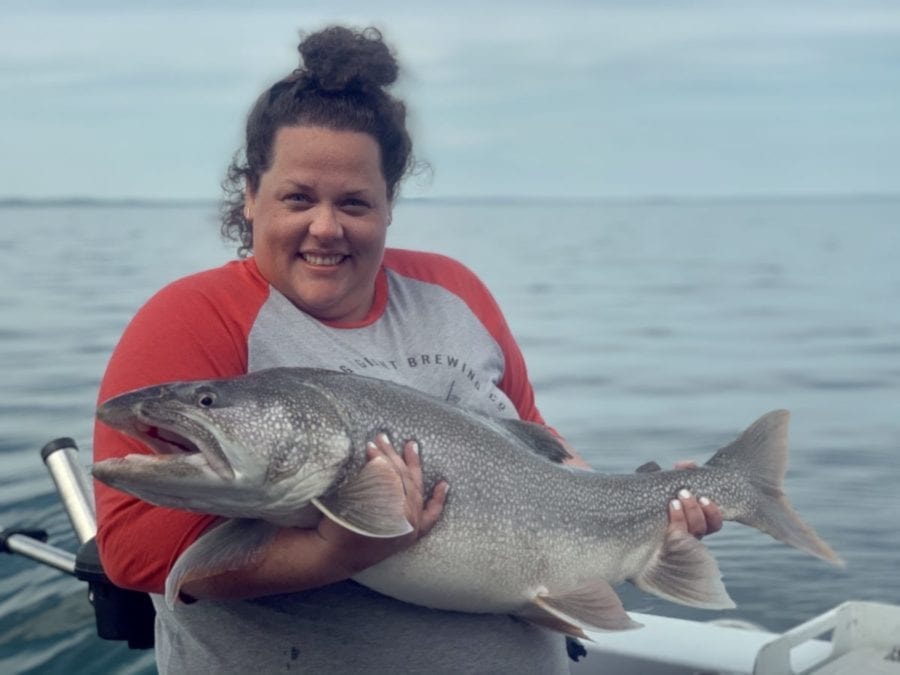For the first time in 15 years, the Great Slave Lake Winter Fishery is reopening.
In a news release Tuesday, the GNWT Department of Industry, Tourism and Investment (ITI) announced a new program as part of the GNWT’s strategy to revitalize the Great Slave Lake Commercial Fishery to “restore its contributions to the NWT economy.”
The strategy is set to take place over five years with the goal of expanding the territorial market for Great Slave Lake fish products, increasing participation in the Great Slave Lake fisheries and accessing export markets.
The pilot program, which will run for up to eight weeks, will support fishers in accessing winter-specific gear and equipment.
ITI anticipates seven commercial fishing businesses will participate in the 2021 winter fishery.
“In time, our plan is to see new and year-round jobs in processing, packaging, selling and transporting NWT fish to market; as well as new products including more opportunities for NWT residents to access fresh, healthy, locally-produced food,” Caroline Wawzonek, minister of ITI, said. “This investment is one of many that we are making to re-establish the Great Slave Lake fishery and provide greater returns for fishers.”
In addition to the pilot program, the GNWT is partnering with Indigenous governments to train community members and “build capacity” for the fishery to continue "thriving into the future."
The Hay River packing facility will receive and grade fish from commercial fishers in Yellowknife and Hay River then ship them to the federal Fresh Water Fish Marketing Corporation (FFMC) in Winnipeg for processing and sale.
Cameron Beaverbones, president of the Tu’Cho’ Fishers Co-operative – a group of commercial fishers on Great Slave Lake who sell to the FFMC – called revitalizing the fishery a “shared vision with the GNWT.”
To make the vision a reality, one of the steps that the co-op must take is to secure a year-round supply of fresh Great Slave Lake fish for market. This requires that they invest in the revitalization of the winter fishery, Beaverbones said.
